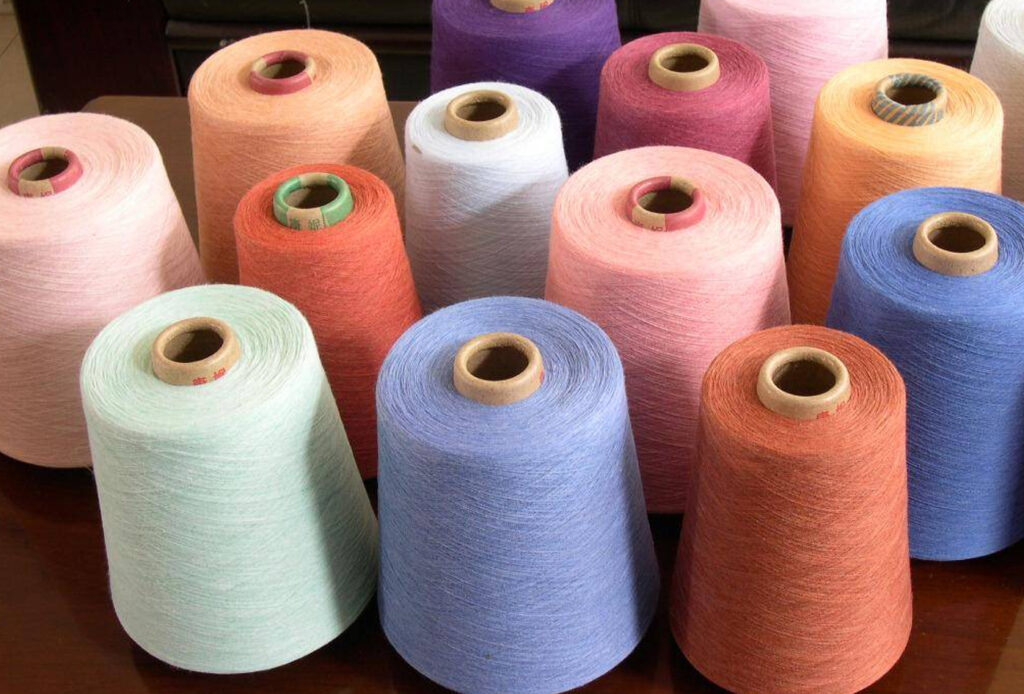Dyed Yarn
Yarn is a collection of many thin threads used to create
fabric materials by stitching, knitting, and weaving one
or more fibres together. With time, the yarn sector has
seen several changes. The old conventional textile
industries are no longer in operation, and demand for
various types of yarns has risen steadily over time.


Yarn Products

Detailed Information
Dyeing is a straightforward method of colouring yarns,
threads, and textiles. A particular chemical is employed
at the correct temperature to colour the yarn in the
standard dyeing procedure. This is a highly technical
procedure that should only be carried out by experts
with extensive knowledge of the subject.
People had been dying the yarn since the mid-1990s.
Natural colours were first utilised to dye yarns, and
these hues were derived from the skin of animals. With
time, however, men invented several processes for
producing dyed yarn and chemicals for generating diverse
colours on yarn. Different processes are used on
different types of yarns to give them distinct colours.






Key Attributes
Yarn Products
Polyester fibers are used in the manufacture of
many products, including clothing, home
furnishings, industrial fabrics, filters, tire
cord fabrics, and nonwoven fabrics.
- Acrylic fibres are dyed with basic colours that are readily accessible on the market, and it is regarded as the most straightforward approach.
- Acid dyes are used to colour wool and silk, which are both nylon and protein fibres. Because of its velvety feel, nylon is a challenging material to colour.
- Polyester yarn, on the other hand, is coloured with dispersion colours.
- Different sorts of dyes are used to colour the cotton, including vat dyes, contemporary synthetic reactive dyes, and direct dyes. Cotton may be both an easy and a tough yarn to dye depending on the process used.

Related Products
How can we help your business?
Quickly maximize timely deliverables for real-time
schemas. Dramatically maintain clicks-and-mortar
solutions without functional solutions.

